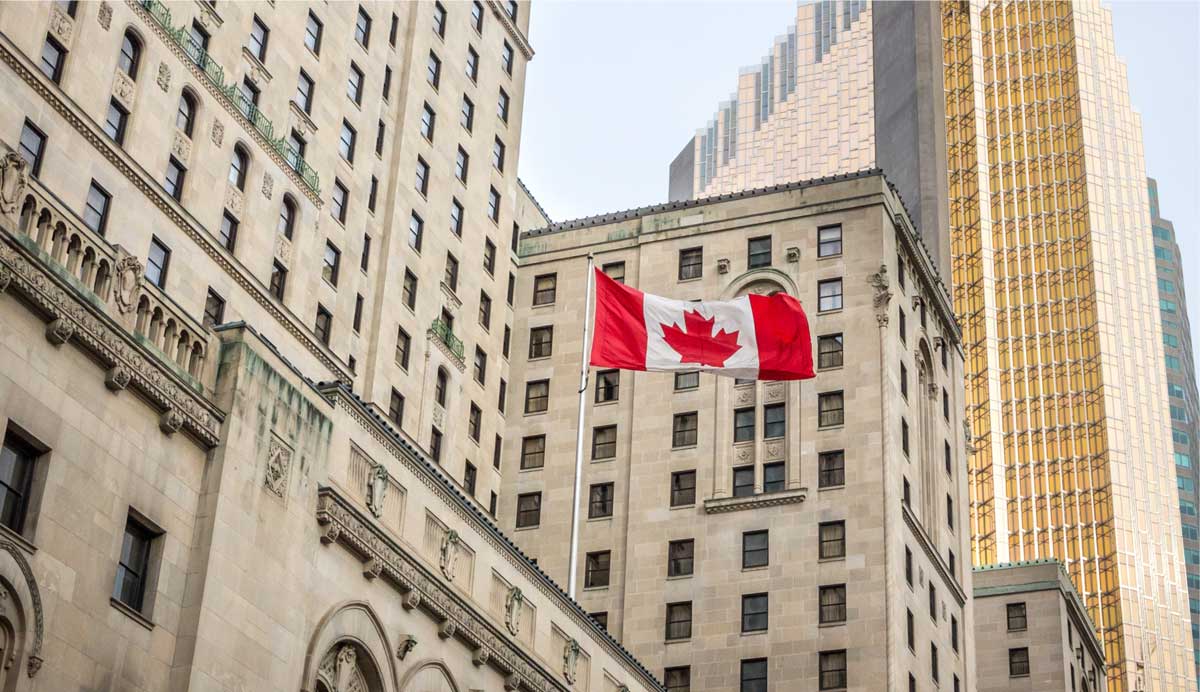3 tips for taking your credit card debt to zero
Don’t play with fire. It’s simple yet smart advice.
Maybe you’ve even passed it on to your students (and even your own children) at some point. Yet how good are you at following your own advice—because if you’re maintaining a credit card balance, you’re pretty much getting burned on interest rates.
The best way not to get burned: have zero tolerance when it comes to keeping a credit card balance.
Easier said than done? Not at all!
Tip #1: Increase/free up your cash flow.
To make headway on your debt, you need to either increase your income or free up extra money. Increasing your income may be a longer process if you’re slowly working your way up the pay grid—and if you’re retired, you’re living on a set pension income. So for the sake of this example, let’s stick with freeing up your cash flow.
Here are two immediate ways to free up your cash flow:
- Cut/reduce unnecessary spending such as eating out, clothes/online shopping, take transit instead of driving (Here are 5 tips for saving $500 a month)
- Consolidate multiple high-interest debt into one low-rate secured line of credit. The difference you save can then be put towards paying down that one loan, faster
Tip #2: Choose a debt reduction strategy.
If you prefer to tackle your debt without a consolidation loan, there are two basic strategies you can employ:
- High rate payment approach: where you focus on paying down the card that has the highest interest rate first, then working your way down to the card with the lowest interest rate
- Debt ‘snowball’ approach: focus on the card with the lowest balance (regardless of its interest rate). While it isn’t as beneficial from a math standpoint, it has big psychological benefits because you’ll see progress, faster
Tip #3: Put the card(s) on ice.
If it seems like an obvious tip, it is. Yet the latest statistics surrounding credit card balances show the majority of Canadians are choosing to keep using their cards.
According to TransUnion, the average outstanding credit card balance per Canadian in 2022 was $3,913.
Holding any type of balance on your credit cards or high-interest loans means you’re regularly throwing away money that you could be saving for short or long-term financial goals.
Instead, you could be using that money to:
- Pay off your mortgage
- Contribute to an emergency and/or education fund
- Add to your pension income in retirement
- Put towards renovations to further increase the value of your home
To re-cap, the top 3 ways to eliminate credit card debt:
- Increase/free up your cash flow
- Choose a debt reduction strategy
- Put the card on ice
Are you spending more than you’re earning? Use our budget calculator to find out.
Brokerage Licence 12185
On Approved Credit


